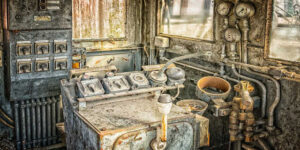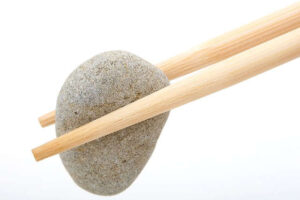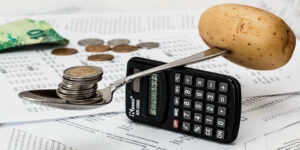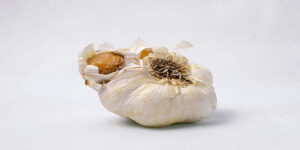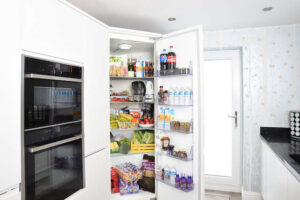This article is about How to Prevent the Harmful Effects of Food Pollution? Food pollution has harmful effects such as foodborne illnesses and at its worst, can cause serious health problems such as cancer. For example, acrylamide, a chemical substance formed when food is cooked at high temperatures can cause cancer. Read the ten crucial steps below on how to prevent the harmful effects of food pollution.
-
Regularly wash your hands.
Washing hands is very crucial for food handlers. This should always be before and after handling food. Proper handwashing techniques remove harmful bacteria and virus such as Salmonella, E. coli, and norovirus that are common in hands. For proper handwashing technique, click here.
-
Clean as you go.
Clean as you go means after you are finished with one task you clean up the area before beginning another task. Clean the kitchen equipment, work stations and sanitize as you go, this helps in preventing cross-contamination.
-
Prevent cross-contamination of food.
The causes of cross contamination can be physical, biological, chemical, or allergens entering food during production. Food pollution is preventable using separate equipment such as chopping boards and keeping raw meat separate from already made foods. Raw meat should also be covered well and stored on the bottom shelf where it cannot drip onto other foods and cause cross pollution.
-
Check the expiration dates of food items.
Always check the expiration dates of food items. Do not buy foods that have passed their expiration dates.
-
Cook food at the right temperature.
Harmful bacteria like E Coli and Salmonella are destroyed by high cooking temperatures of above 70 degrees Celsius. Check the temperature of your food using a thermometer.
-
Proper storage of food.
It is essential to store food in the refrigerator out of danger zones. Harmful food bacteria multiply faster at 30°C to 40°C. Most of harmful food bacteria do not live or survive in temperatures above 60°C, and below 5°C.
-
Consume food after cooking.
It takes approximately 2 hours for bacteria to grow on food after they have been cooked. Food items should be consumed in less than 1 hour or be stored in the refrigerator at the right temperature of 4°C or colder.
-
Implement a food handling program.
A quality system that clearly illustrates the food handling program and hygiene practices should be implemented. Hand washing, use of gloves, and PPEs should be used. It should be mandatory for the policy to be followed by all food handlers.
-
Purchase semi-prepared food.
Semi prepared foods will prevent cross-contamination as it will not require much preparation and therefore, fewer cross-pollution chances. The longer the preparation process of food, the higher the chances of pollution.
-
Prevent food pollution during harvesting.
During harvesting use easy to clean containers such as plastics and always clean harvesting tools and never use them to store chemicals.

